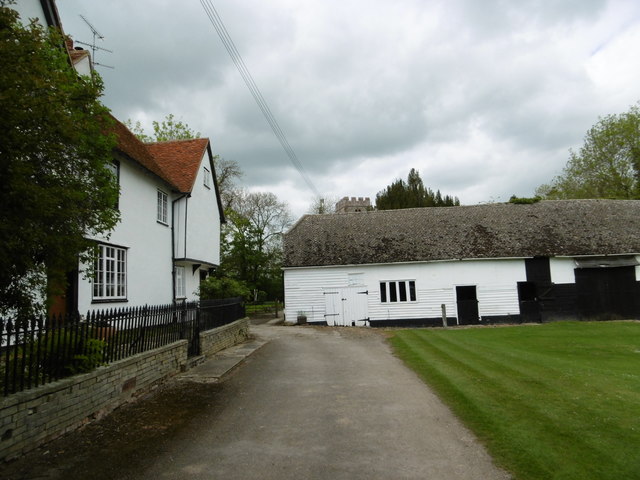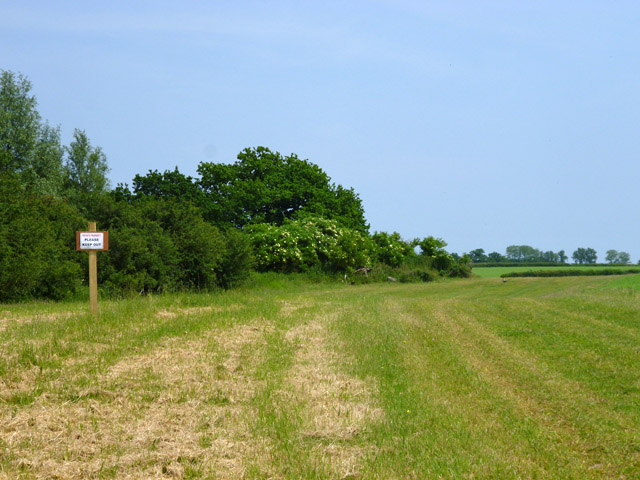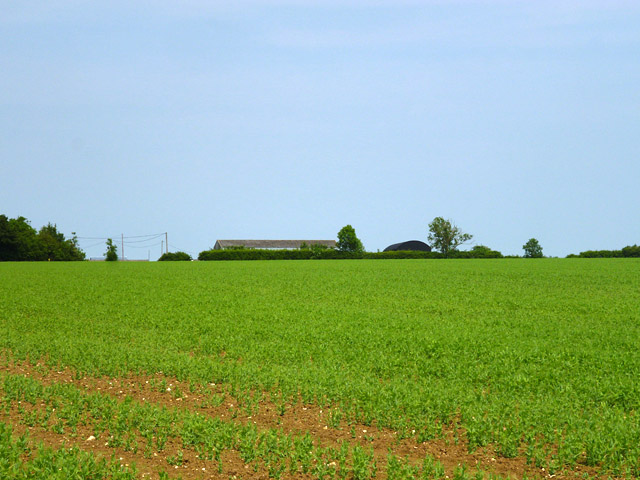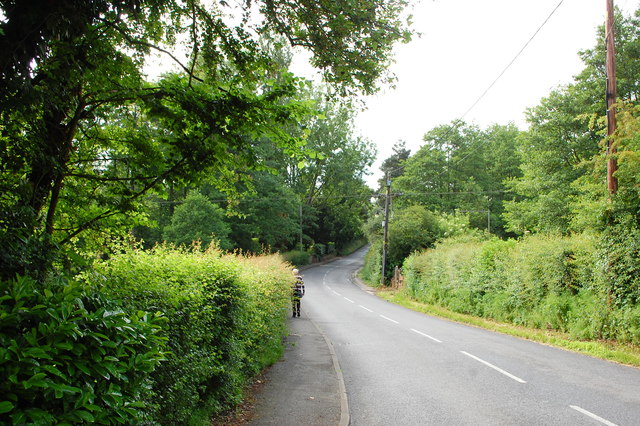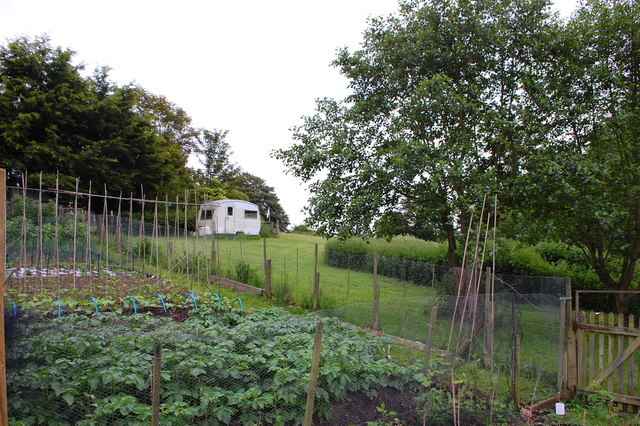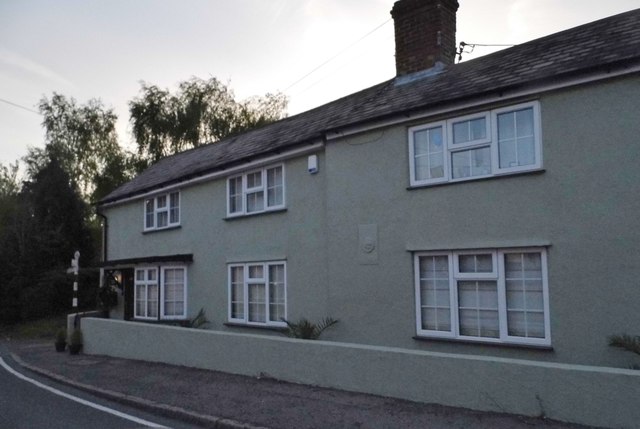Duck End
Settlement in Essex Uttlesford
England
Duck End
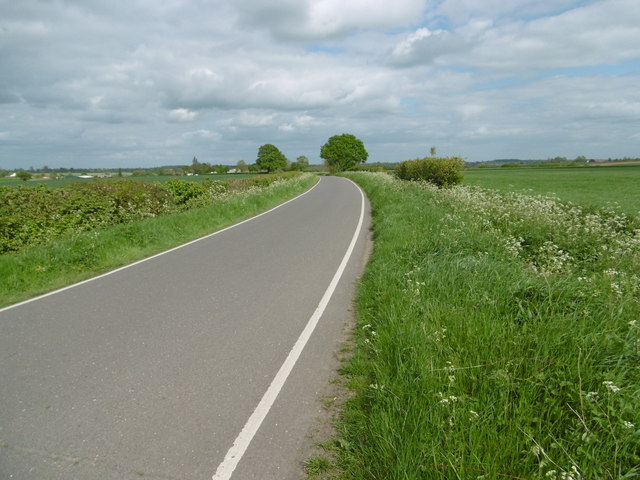
Duck End is a small rural village located in the county of Essex, England. Situated in the Uttlesford district, it is surrounded by picturesque countryside and offers a peaceful and idyllic setting for its residents. The village is situated approximately 30 miles northeast of London, making it an ideal location for those seeking a quieter lifestyle while still having access to the city.
Duck End is characterized by its charming and quaint atmosphere, with traditional thatched cottages and well-maintained gardens lining the streets. The village is home to a close-knit community, with a population of around 200 residents. The villagers take great pride in their local heritage, and there are various community events organized throughout the year to celebrate this.
One of the notable features of Duck End is its proximity to nature. The village is surrounded by lush green fields, offering ample opportunities for outdoor activities such as walking, cycling, and picnicking. The nearby River Stort also provides a tranquil spot for fishing and boating enthusiasts.
In terms of amenities, Duck End has a small village hall that serves as a hub for social gatherings and events. However, for more extensive amenities such as shops and schools, residents typically travel to nearby towns and villages.
Overall, Duck End, Essex, offers a charming and peaceful countryside retreat for those seeking a slower pace of life while still being within reach of urban conveniences. Its natural beauty and strong sense of community make it a desirable place to reside.
If you have any feedback on the listing, please let us know in the comments section below.
Duck End Images
Images are sourced within 2km of 51.9106/0.404696 or Grid Reference TL6526. Thanks to Geograph Open Source API. All images are credited.
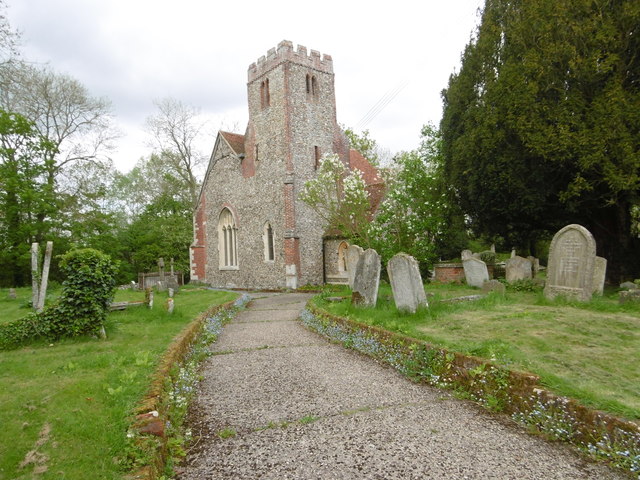
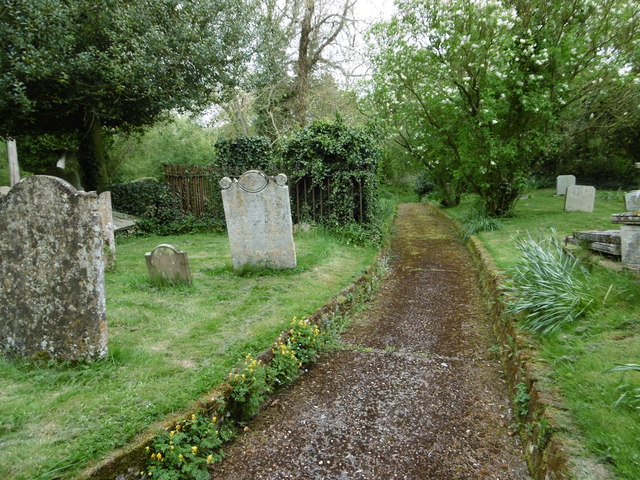
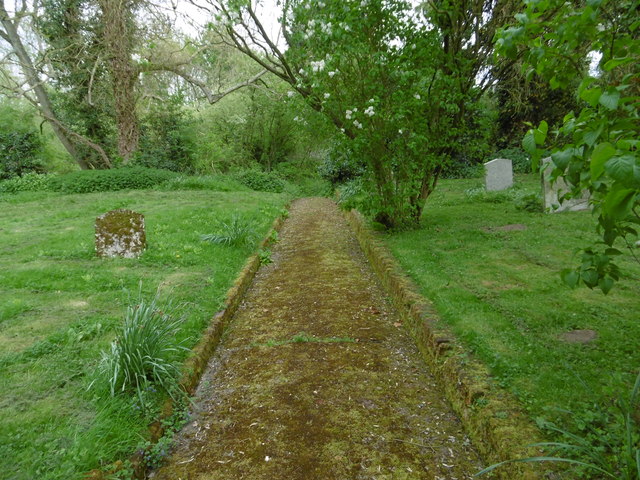
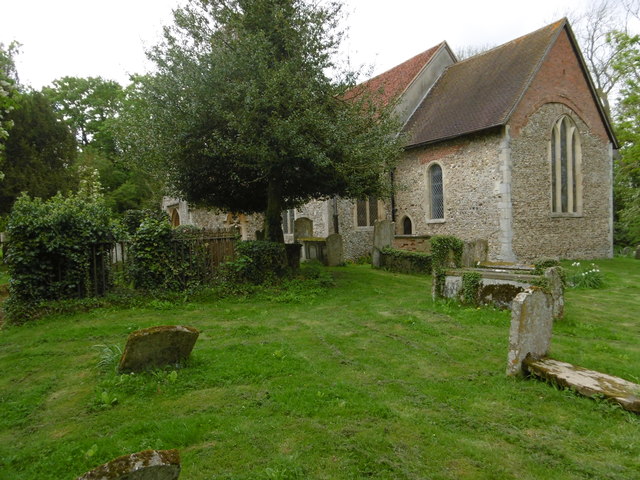
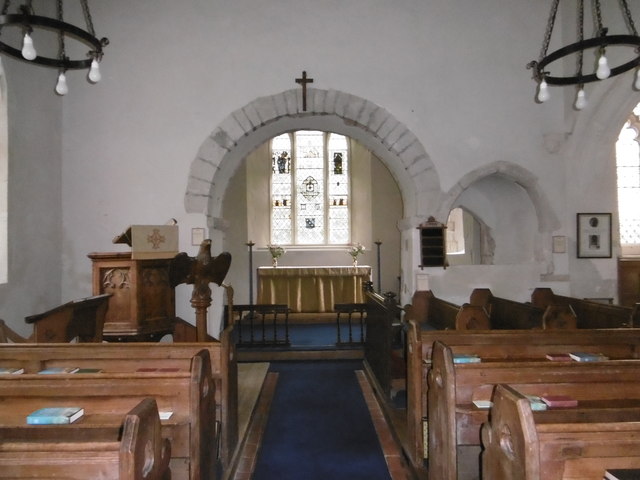


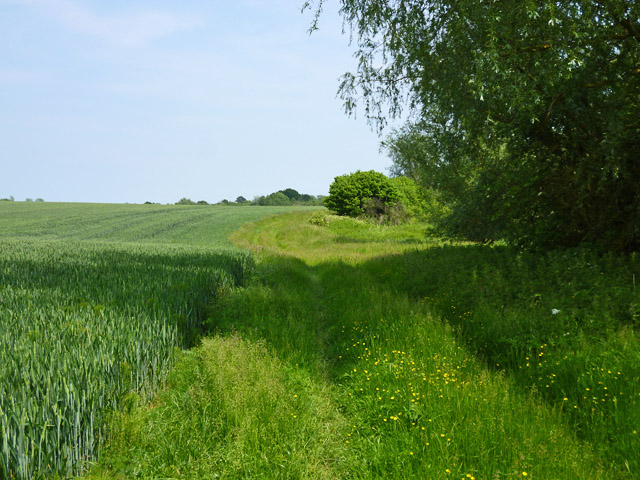
Duck End is located at Grid Ref: TL6526 (Lat: 51.9106, Lng: 0.404696)
Administrative County: Essex
District: Uttlesford
Police Authority: Essex
What 3 Words
///composers.registers.surfer. Near Great Bardfield, Essex
Nearby Locations
Related Wikis
Lindsell
Lindsell is a village and civil parish in the district of Uttlesford in the county of Essex, England. Nearby settlements include the parish hamlets of...
Stebbing
Stebbing is a small village in the Uttlesford district of northern Essex, England. The village is situated north of the ancient Roman road Stane Street...
Bustard Green
Bustard Green is a hamlet in the civil parish of Lindsell, and the Uttlesford district of Essex, England, and is just under 1 mile (2 km) north from the...
Bran End
Bran End is a village in Essex, England. == External links == Media related to Bran End at Wikimedia Commons
Nearby Amenities
Located within 500m of 51.9106,0.404696Have you been to Duck End?
Leave your review of Duck End below (or comments, questions and feedback).
